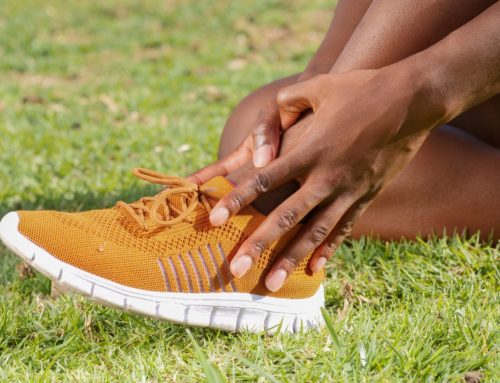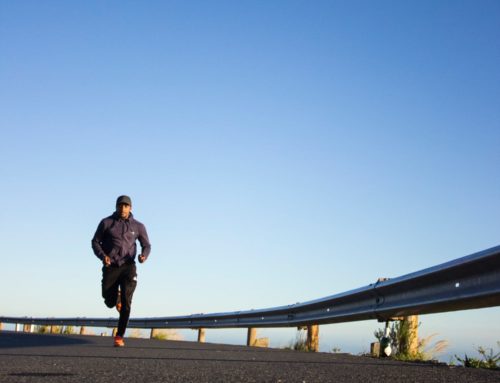Treatment for bunions typically begin with conservative, non-surgical therapies. Some of the common treatment options include:
- Footwear modifications. Choose shoes that have a wide toe box, and avoid those with pointed toes or high heels. High heels increase pressure on the bunion as well so lower heels will help minimize pain.
- Padding. Bunion pads placed over the area may help reduce pain.
- Analgesics. Your podiatrist can help discuss the best pain medication option. This may include non-steroidal anti-inflammatory drugs (NSAIDs), such as Ibuprofen that can help relieve the pain and inflammation.
- Heat or Ice. This condition may respond better to either heat or ice. Try heat prior to exercise and Ice afterwards.
- Injection therapy. Injections techniques may be used to treat the inflamed tissue around the joint when used in conjunction with other treatment modalities.
- Orthotic therapy. Custom orthotic devices can help address the underlying causes and symptoms to reduce pain and progression of the condition. If dress shoes are If a bunionectomy is necessary, orthotics are typically prescribed to keep the patient from pronating and the bunion from redeveloping. If dress shoes are a requirement custom dress orthotics are available.
- Skin care. Removal of callus and corns help to reduce the pressure that causes the pain.
Source: OnePointHealth






